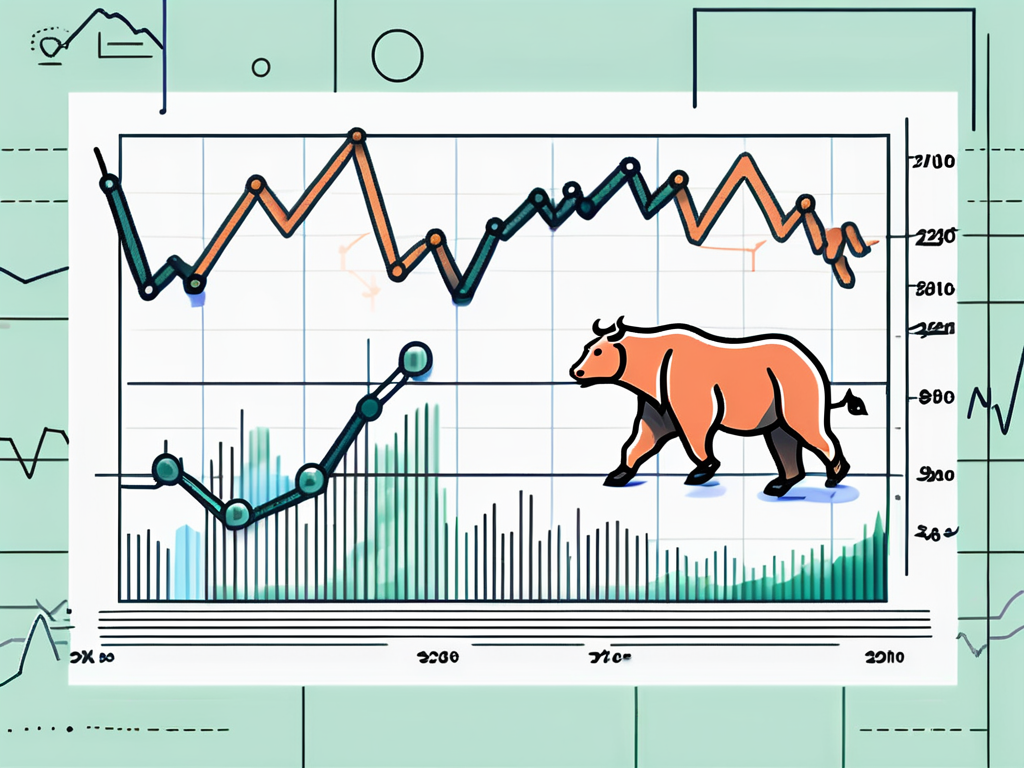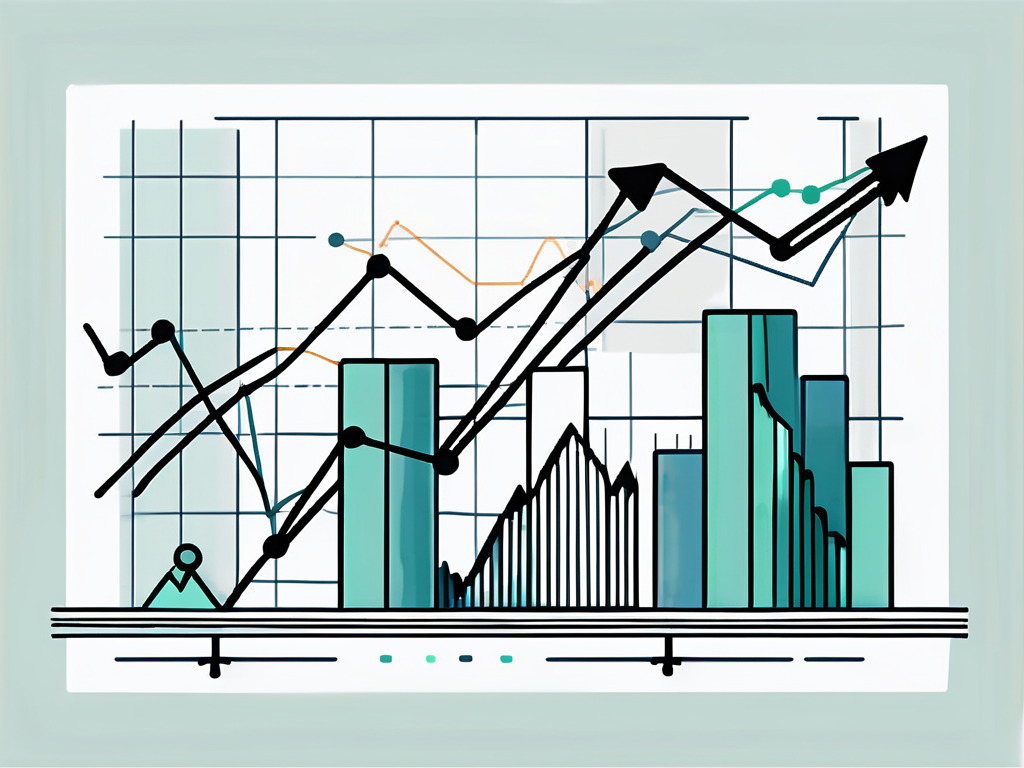Building A Profitable Trading Strategy
In today’s fast-paced and ever-changing financial markets, having a well-defined and profitable trading strategy is crucial. Whether you are a seasoned trader or just beginning your trading journey, having a solid plan in place can significantly increase your chances of success. In this article, we will explore various aspects of building a profitable trading strategy and how you can incorporate different tools and techniques to enhance your trading skills.Why Should You Trade Futures?
Futures trading has gained immense popularity in recent years, and for good reason. Futures contracts allow traders to speculate on the price movement of an underlying asset without owning the asset itself. This offers several advantages, including leverage, liquidity, and the ability to trade both long and short positions. Additionally, futures markets provide excellent opportunities for diversification and allow traders to trade a wide range of assets, including commodities, currencies, and stock indices. One of the key benefits of trading futures is the ability to use leverage. Leverage allows traders to control a large position with a relatively small amount of capital. This can amplify both gains and losses, so it is important for traders to use leverage judiciously and manage their risk effectively. Another advantage of futures trading is the high level of liquidity in the markets. This means that traders can enter and exit positions quickly and at a fair price, even when trading large volumes.
Furthermore, futures markets are known for their transparency and price discovery mechanisms. Prices in futures markets are determined by the forces of supply and demand, making them a reliable indicator of market sentiment. This can provide valuable insights for traders looking to make informed decisions. In addition, futures contracts are standardized, which means that contract specifications are uniform across different exchanges. This standardization simplifies the trading process and ensures a level playing field for all market participants.
One of the key benefits of trading futures is the ability to use leverage. Leverage allows traders to control a large position with a relatively small amount of capital. This can amplify both gains and losses, so it is important for traders to use leverage judiciously and manage their risk effectively. Another advantage of futures trading is the high level of liquidity in the markets. This means that traders can enter and exit positions quickly and at a fair price, even when trading large volumes.
Furthermore, futures markets are known for their transparency and price discovery mechanisms. Prices in futures markets are determined by the forces of supply and demand, making them a reliable indicator of market sentiment. This can provide valuable insights for traders looking to make informed decisions. In addition, futures contracts are standardized, which means that contract specifications are uniform across different exchanges. This standardization simplifies the trading process and ensures a level playing field for all market participants.
What Are Micro Futures?
If you are new to trading or have limited capital, micro futures can be an excellent option. Micro futures are smaller-sized futures contracts that require lower margin requirements compared to their standard counterparts. They allow traders with smaller accounts to participate in the futures markets and gain exposure to various asset classes without straining their trading capital. Micro futures provide a cost-effective way to practice and refine your trading strategies and build confidence in your abilities. One of the key advantages of micro futures is their flexibility. Since they are smaller in size, they are ideal for traders who want to test different trading strategies without risking a significant amount of capital. This flexibility allows traders to experiment with various approaches and learn from their experiences in a controlled environment. Additionally, micro futures can be a useful tool for hedging larger positions in the standard futures market, providing traders with added risk management capabilities. Furthermore, the accessibility of micro futures has opened up new opportunities for retail traders to diversify their portfolios. By offering a more affordable entry point into the futures market, micro futures enable individual investors to access a wide range of asset classes, including equity indices, commodities, and currencies. This democratization of futures trading empowers retail traders to take advantage of market opportunities and manage their risk exposure more effectively, ultimately leveling the playing field in the financial markets.How To Follow A Trend With A Simple Moving Average
One popular and effective technique used by many traders to identify trends is the Simple Moving Average (SMA). The SMA calculates the average price of an asset over a specific period and smoothes out price fluctuations, making it easier to identify the overall direction of the market. By plotting the SMA on a price chart, you can visualize the trend and determine whether it is in an uptrend, downtrend, or a sideways range. To follow a trend using the SMA, you can look for price crossovers. When the price crosses above the SMA, it is considered a bullish signal, indicating a potential uptrend. Conversely, when the price crosses below the SMA, it is a bearish signal, suggesting a potential downtrend. It is important to note that the SMA is a lagging indicator and may not provide accurate signals in choppy or sideways markets. Therefore, it is essential to use additional tools and indicators to confirm the validity of the signals.
Another way to utilize the SMA is by observing the slope of the moving average. A rising SMA indicates that the average price of the asset is increasing over time, signaling a potential uptrend. On the other hand, a declining SMA suggests that the average price is decreasing, indicating a possible downtrend. Traders often use the slope of the SMA in conjunction with price crossovers to strengthen their trend analysis and make more informed trading decisions.
Additionally, traders can experiment with different time periods for the SMA to adapt to varying market conditions. Shorter SMAs, such as the 20-day or 50-day SMA, react more quickly to price changes and are suitable for short-term trend identification. In contrast, longer SMAs like the 100-day or 200-day SMA provide a broader view of the market trend and are commonly used by long-term investors to assess the overall market direction.
To follow a trend using the SMA, you can look for price crossovers. When the price crosses above the SMA, it is considered a bullish signal, indicating a potential uptrend. Conversely, when the price crosses below the SMA, it is a bearish signal, suggesting a potential downtrend. It is important to note that the SMA is a lagging indicator and may not provide accurate signals in choppy or sideways markets. Therefore, it is essential to use additional tools and indicators to confirm the validity of the signals.
Another way to utilize the SMA is by observing the slope of the moving average. A rising SMA indicates that the average price of the asset is increasing over time, signaling a potential uptrend. On the other hand, a declining SMA suggests that the average price is decreasing, indicating a possible downtrend. Traders often use the slope of the SMA in conjunction with price crossovers to strengthen their trend analysis and make more informed trading decisions.
Additionally, traders can experiment with different time periods for the SMA to adapt to varying market conditions. Shorter SMAs, such as the 20-day or 50-day SMA, react more quickly to price changes and are suitable for short-term trend identification. In contrast, longer SMAs like the 100-day or 200-day SMA provide a broader view of the market trend and are commonly used by long-term investors to assess the overall market direction.
What Is A Moving Average Crossover?
A Moving Average Crossover is a popular trading strategy that utilizes two different moving averages to generate buy and sell signals. The strategy involves plotting two moving averages on a price chart – a shorter-term moving average and a longer-term moving average. But what exactly are moving averages? Moving averages are statistical calculations that help traders identify trends and potential reversals in the market. They smooth out price data over a specified period, providing a clearer picture of the overall direction of the market.
When the shorter-term moving average crosses above the longer-term moving average, it generates a bullish signal, indicating a potential buying opportunity. This crossover suggests that the shorter-term trend is gaining strength and may continue to move higher. On the other hand, when the shorter-term moving average crosses below the longer-term moving average, it generates a bearish signal, suggesting a potential selling opportunity. This crossover indicates that the shorter-term trend is weakening and may reverse to the downside.
The Moving Average Crossover strategy works best in trending markets, where price tends to move in one direction for a prolonged period. In such markets, the moving averages can help traders capture significant price moves and ride the trend. However, it is important to note that this strategy may produce false signals in choppy or sideways markets. In such market conditions, where price lacks a clear direction, the moving averages may generate signals that result in small profits or losses.
Therefore, to improve the accuracy of the signals generated by the Moving Average Crossover strategy, traders often consider additional factors. These factors may include market conditions, such as volatility and liquidity, as well as the analysis of other technical indicators. By combining multiple indicators and analyzing market context, traders can increase their confidence in the signals generated by the moving averages.
It is crucial to remember that trading involves risk, and there is no foolproof strategy that guarantees profits. The Moving Average Crossover strategy, like any other trading strategy, has its limitations and may not always be successful. It is essential to thoroughly understand the risks associated with trading and only risk capital that you can afford to lose.
Building a profitable trading strategy takes time, practice, and discipline. Successful traders continuously educate themselves, stay up to date with market trends, and seek guidance from experienced traders. By constantly improving their trading skills and knowledge, traders can increase their chances of success in the dynamic and ever-changing world of financial markets.
If you’re looking for a comprehensive trading platform that provides powerful tools and resources to help you build and execute your trading strategies, check out TrendCloud Trading. With TrendCloud Trading, you can access a wide range of technical indicators, real-time market data, and customizable charts to aid in your trading decisions. Sign up today and take your trading to the next level!
But what exactly are moving averages? Moving averages are statistical calculations that help traders identify trends and potential reversals in the market. They smooth out price data over a specified period, providing a clearer picture of the overall direction of the market.
When the shorter-term moving average crosses above the longer-term moving average, it generates a bullish signal, indicating a potential buying opportunity. This crossover suggests that the shorter-term trend is gaining strength and may continue to move higher. On the other hand, when the shorter-term moving average crosses below the longer-term moving average, it generates a bearish signal, suggesting a potential selling opportunity. This crossover indicates that the shorter-term trend is weakening and may reverse to the downside.
The Moving Average Crossover strategy works best in trending markets, where price tends to move in one direction for a prolonged period. In such markets, the moving averages can help traders capture significant price moves and ride the trend. However, it is important to note that this strategy may produce false signals in choppy or sideways markets. In such market conditions, where price lacks a clear direction, the moving averages may generate signals that result in small profits or losses.
Therefore, to improve the accuracy of the signals generated by the Moving Average Crossover strategy, traders often consider additional factors. These factors may include market conditions, such as volatility and liquidity, as well as the analysis of other technical indicators. By combining multiple indicators and analyzing market context, traders can increase their confidence in the signals generated by the moving averages.
It is crucial to remember that trading involves risk, and there is no foolproof strategy that guarantees profits. The Moving Average Crossover strategy, like any other trading strategy, has its limitations and may not always be successful. It is essential to thoroughly understand the risks associated with trading and only risk capital that you can afford to lose.
Building a profitable trading strategy takes time, practice, and discipline. Successful traders continuously educate themselves, stay up to date with market trends, and seek guidance from experienced traders. By constantly improving their trading skills and knowledge, traders can increase their chances of success in the dynamic and ever-changing world of financial markets.
If you’re looking for a comprehensive trading platform that provides powerful tools and resources to help you build and execute your trading strategies, check out TrendCloud Trading. With TrendCloud Trading, you can access a wide range of technical indicators, real-time market data, and customizable charts to aid in your trading decisions. Sign up today and take your trading to the next level!
Take Your Trading Strategy to New Heights with TrendCloud
Ready to elevate your trading game? Discover the power of Chris Juliano’s TrendCloud Trading System, a revolutionary platform designed to transform your approach to futures trading. With advanced algorithms, real-time data, and intuitive charts, the TrendCloud Trading System equips you with the insights and tools necessary to thrive in today’s markets. Whether you’re a day trader or a swing trader, our system’s versatility ensures you’re well-prepared to capture market opportunities. Embrace the future of trading with confidence and precision—Learn More about the TrendCloud Trading System today.
